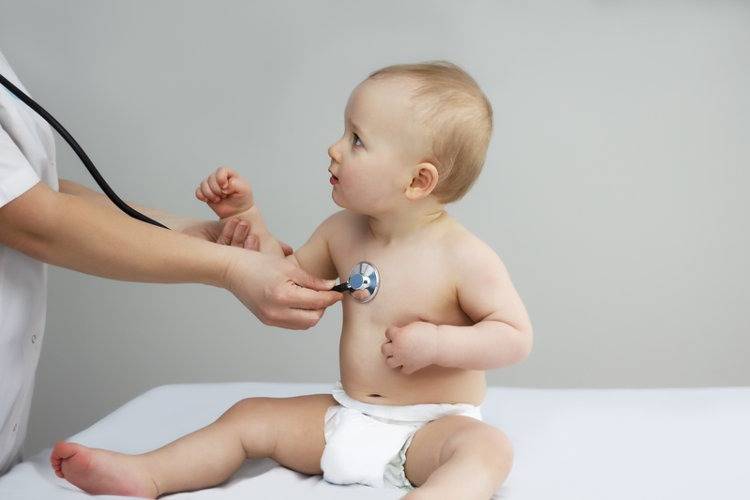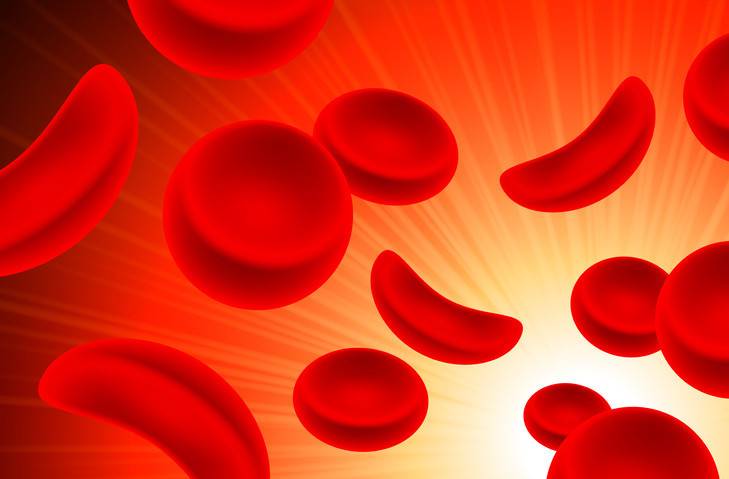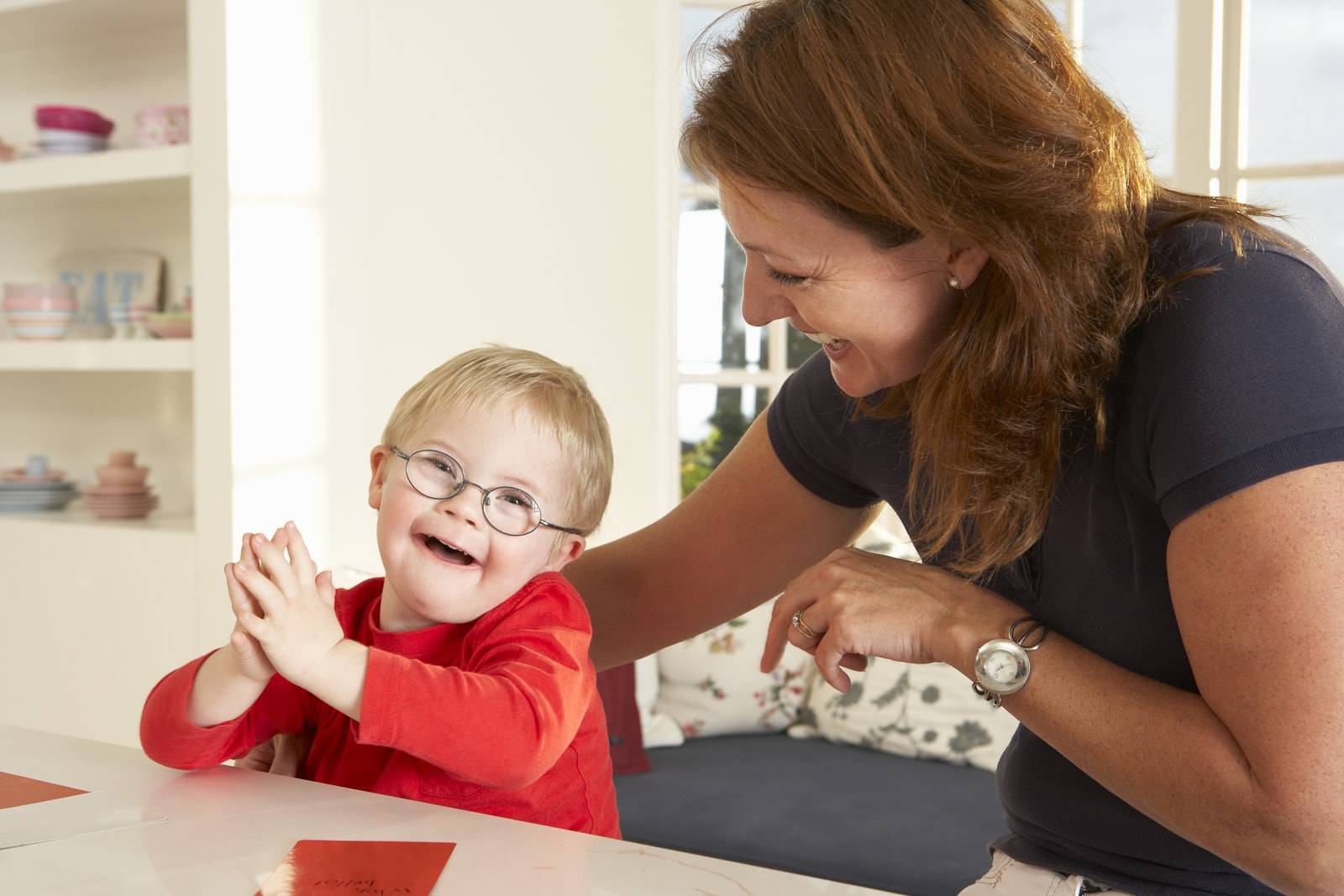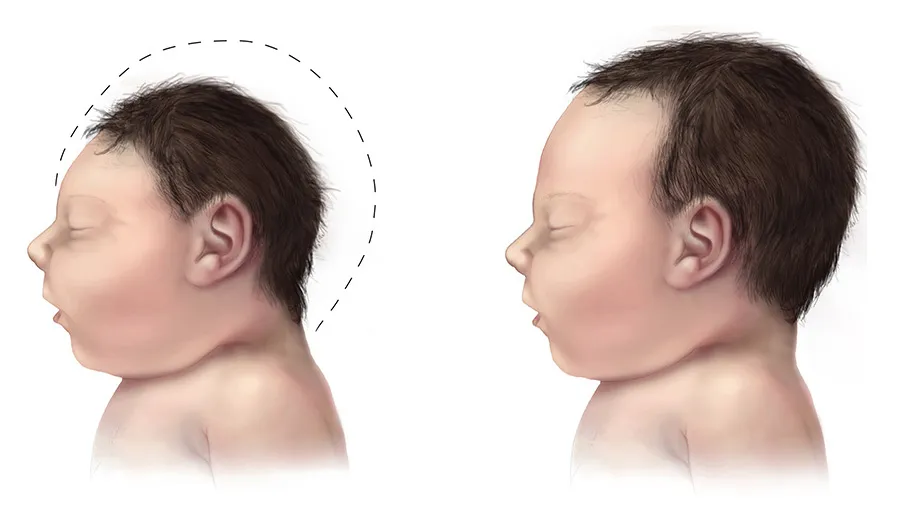Table of Contents
As an expectant mother, you occasionally worry about the health of your unborn baby while pregnant, during labor, and a few seconds after delivery. You might wonder about birth defects that drive you to visit your doctor frequently for checkups.

However, some of these birth defects surface a few weeks or months into delivery. This may confuse parents, especially first-time moms. This article aims to help you by discussing the most common birth defects in children at a tender age.
The birth defects are presented below, along with their symptoms and the recommended steps to take for treatment or control.
Some Children have Birth Defects
A significant percentage of children are born in their natural, healthy state with no complications. However, it’s not uncommon to give birth to a baby with conditions that may seem to confuse the mother, with little knowledge of what to do.
Such conditions are acquired after the woman conceives. In some cases, hereditary complications are also risk factors to consider. Some of these birth defects can be treated with drugs, medications, or even surgery.
Other birth defects require the parents or guardians to provide an environment that helps minimize the effects of the disability. The first step forward is to seek help from your obstetrician or pediatrician, who will then refer you to a specialist.
Additionally, maintain regular visits to your doctor since some birth defects can be treated when appropriate intervention measures are implemented early enough.
Let’s delve into the common birth defects in children:

1. Congenital Heart Defects
These are anatomical abnormalities prevalent in 1 out of every 110 births. The causes may be genetic or fetal development mistakes. It’s not easy to detect this birth defect in newborns, as they are mild with no visible symptoms.
A doctor can detect congenital heart defects through abnormal heart sounds or murmurs during regular examinations. Several further tests are conducted after the preliminary detection to ascertain the condition.
Severe heart defects have outward symptoms, calling for timely intervention. If these aren’t corrected in time, they may cause heart failure. The heart pumps insufficient blood to vital body parts, including the lungs.
The symptoms are increased heartbeat, breathing difficulties, and feeding problems, resulting in low weight gain. The skin appears bluish or pale grey, with swelling around the eyes, abdomen, and legs.
Treatment of this birth defect could be through drugs or medication, surgery, or mechanical aids, such as pacemakers.
2. Clubfoot
This is another anatomical abnormality that occurs roughly in about 1 in every 1,000 newborns. This birth defect is prevalent in boys but highly pronounced in girls, It’s characterized by several foot and ankle deformities that require long-term treatment.
The cause of clubfoot birth defect isn’t clear yet, though it’s a probable combination of environmental and hereditary factors affecting fetal growth. The symptoms can be mild to severe and could affect either one or both feet.
Mild cases aren’t painful at the beginning but get complicated when the baby starts walking. These should be treated immediately after diagnosis. The affected foot is gently forced into the correct position, and the child undergoes special exercises.
Serious cases call for plaster casts, splint bandaging, or even surgery. Throughout the treatment sessions, the child is helped through special exercises and made to wear special shoes. These last three to six months, followed by years of routine check-ups.
3. Cleft Lip
This birth defect is also referred to as cleft palate. It’s an anatomical abnormality that occurs in 1 out of 700 Caucasian babies. The birth defect is prevalent among Asians and Native Americans, with a few cases among African Americans.
The defect is allegedly caused when environmental and genetic factors interact and prevent the hard palate, soft palate, and upper lip from closing. The symptoms could be mild to severe, visible at the aperture, affecting the lip, nostril floor, and dental arch.
Surgery could be performed as treatment repair for this birth defect, restoring the gap between the mouth and the nose when the baby is between six and twelve months of age. This is when the child’s face has undergone some normal growth.
Babies with a cleft lip endure feeding difficulties since they need assistance with bottle-feeding. When the child gets older, expect speech difficulties, which call for the intervention of a speech pathologist for language development.
4. Spina Bifida
This is an anatomical abnormality that occurs in 1 out of every 2,000 births, mostly among Caucasian babies. The cause of this birth defect is neural tube malformation, which prevents the complete closure of the backbone during fetal development.
In most cases, once this birth defect is ascertained, the mother is forced into a cesarean delivery. The symptoms are unremarkable at the beginning but become severe, causing the eventual paralysis of the bladder and legs as well as complications in bowel control.
The treatment of severe cases involves surgery within 48 hours following birth. With this birth defect, parents are tasked with exercising the babies’ legs and feet to prepare them to walk using crutches and leg braces.
In extreme cases of this birth defect, the child may be forced to use a wheelchair and be closely monitored by urology and orthopedic specialists.
5. Undeveloped or Missing Limbs
This is an anatomical abnormality whose causes are still under research. Experts contend that the mother’s prenatal exposure to chemicals and viruses is the cause. Intervention by orthopedic specialists and physical therapists is needed.
The baby is fitted with a prosthesis early enough for them to get used to it. As the child gets older, sound physical therapy makes them learn to use the prosthesis, just as other children with the same complications use their artificial body parts.

6. Sickle-cell Disease
This is a biochemical birth defect that occurs in 1 out of 625 newborns, mostly among Caribbean Hispanics and African Americans. Detection involves blood tests on newborns for precise and accurate results.
Sickle-cell disease is a birth defect that results in debilitating, painful bouts and damage to vital body organs. The effects spread to hemoglobin, deforming the red blood cells. The cells are then destroyed in the spleen or liver, causing anemia.
Children with this birth defect appear pale, tire easily, and have breathing difficulties. In severe cases, they’re vulnerable to bacterial infections, requiring immunization and daily treatments involving preventive penicillin.
Sickle-cell anemia is an incurable birth defect, though its severity and crisis frequency can be reduced using several therapies being studied.
7. Phenylketonuria (PKU)
PKU is a hereditary metabolic disorder prevalent in 1 out of 15,000 newborns. It’s less pronounced among individuals of Jewish descent and African Americans. In the US, all babies undergo tests for this disease immediately after delivery.
In this birth defect, a child suffering from PKU lacks a vital enzyme that breaks down phenylalanine, a protein common in many products. If the disease is left untreated, the protein concentration increases, resulting in mental retardation.
For the treatment of this birth defect, babies with PKU can live normally only if placed on a special and strict diet that should start in the fourth week of life. The special diet consists of fewer foods rich in phenylalanine protein, such as breast and cow’s milk.
Babies with PKU have to be fed with a special formula. As they grow older, they can start eating certain fruits, vegetables, and grain products while avoiding meat, cheese, eggs, and fish. The child’s blood is closely monitored to control the level of protein.

8. Down Syndrome
This is a chromosomal birth defect that is non-curable and causes mental retardation. This is common among older mothers, occurring at a rate of 1 out of every 800 births. With timely intervention, the child can have the chance to develop to their full potential.
A child with this birth defect exhibits a certain degree of mental retardation. Due to its dominant symptoms, they look similar to each other, regardless of their parents.
Their physical features are slanted eyes, small ears folding over their tops, and a small mouth that makes their tongues appear larger. They have small noses and hands and short necks. Most have heart defects and hearing or visual impairments.
However, children with Down syndrome birth defects can still perform most routine tasks as normal children do, such as talking, walking, and being trained to use the toilet. However, their learning speed is comparably lower than in normal children.
9. Fragile X Syndrome
This birth defect is common among males at a rate of 1 out of every 1,500 births. Also, out of 1,000 births of female babies, only one emerges as the carrier. One out of three females shows outward symptoms, such as intellectual impairment.
In this birth defect, the degree of mental retardation ranges from mild to severe. Their physical features are a long face, large ears, flat feet, underdeveloped muscles, large testicles, a cleft palate, overcrowded teeth, autistic behaviors, and heart complications.
Also, some children suffer from seizures. They seem to be physically normal at birth. Detection and diagnosis are delayed until the child is 18–24 months old, when language and other essential developments are noticeably crippled, calling for further tests.
However, despite the birth defect, the child can still do most activities, just like normal children. Their learning speed is comparably lower, though. Their development can be maximized with timely interventions, usually starting during infancy.
Give Love and Support for Our Children with Birth Defects
Several strides in medicine are aimed at providing lasting solutions for children with birth defects. There’s always hope amidst the crisis and difficulties!
The wonders of medicine seek to help parents and caregivers of children living with birth defects. Firstly, they’re made to understand the kind of problem their child is suffering from. Hereon, they will know the appropriate steps to help their baby.
Even as your child shows signs of recuperating, you need to help them with various exercises to strengthen their muscles and ensure their diet enhances their growth and development. Although incurable, timely interventions can reduce their severity.
Parents need support and guidance in fostering an environment that nurtures children living with birth defects. Your child’s pediatrician is your perfect ally, even in the most complex cases. Omega Pediatrics provides the best possible care for your special child.
Care and unconditional love are the two priceless gifts you can give to your affected child with birth complications. Your compassionate provider at Omega Pediatrics is with you as we tread the path of challenges in your parenting journey.
What are the most common birth defects?
The most prevalent birth defects include congenital heart defects, spina bifida, cleft lip and palate, Down syndrome, sickle cell disease, clubfoot, congenital hypothyroidism, cystic fibrosis, and muscular dystrophy. Each of these conditions varies in severity and potential long-term impact on the child’s life.
How are congenital heart defects detected?
Congenital heart defects can often be detected during pregnancy with an ultrasound. After birth, doctors may use physical exams, echocardiograms, and heart catheterizations to diagnose specific types of heart defects.
What causes spina bifida and how can it be prevented?
Spina bifida results from a combination of genetic and environmental factors, including insufficient intake of folic acid during pregnancy. It’s recommended that women planning to conceive take a daily supplement of folic acid to help reduce the risk.
Are cleft lip and palate treatable?
Yes, both cleft lip and palate are treatable through surgical procedures. Typically, surgeries are planned within the first year or two of a child’s life to correct the defect and improve the ability to eat, speak, and hear.
Can Down syndrome be detected before birth?
Down syndrome can be detected before birth through prenatal screenings and diagnostic tests. Screening tests can indicate the likelihood, while diagnostic tests like amniocentesis can confirm the condition.
What is the life expectancy for a child with sickle cell disease?
With modern medical advances, individuals with sickle cell disease can live into their 40s or 50s. Lifespan can be extended with proper medical care, including regular checkups, treatments for infections, and management of pain.
How do doctors treat clubfoot?
Clubfoot is typically treated using a method called the Ponseti method, which involves gentle manipulation and casting of the feet, followed often by bracing. Treatment usually begins shortly after birth and has high rates of success.
What are the challenges of living with congenital hypothyroidism?
The main challenge of congenital hypothyroidism is maintaining proper thyroid hormone levels, which is critical for normal development. Treatment involves regular monitoring and daily hormone replacement therapy to support normal growth and cognitive development.
How does cystic fibrosis affect a child’s health?
Cystic fibrosis primarily affects the lungs and digestive system, leading to challenges like respiratory infections and difficulties in digesting food. Management includes medication, chest physical therapy, and nutritional support.
What support is available for children with muscular dystrophy?
Support for muscular dystrophy can include physical therapy, medications to manage symptoms, and surgical interventions to improve mobility. Emotional and psychological support for the child and family is also crucial as the disease progresses.



